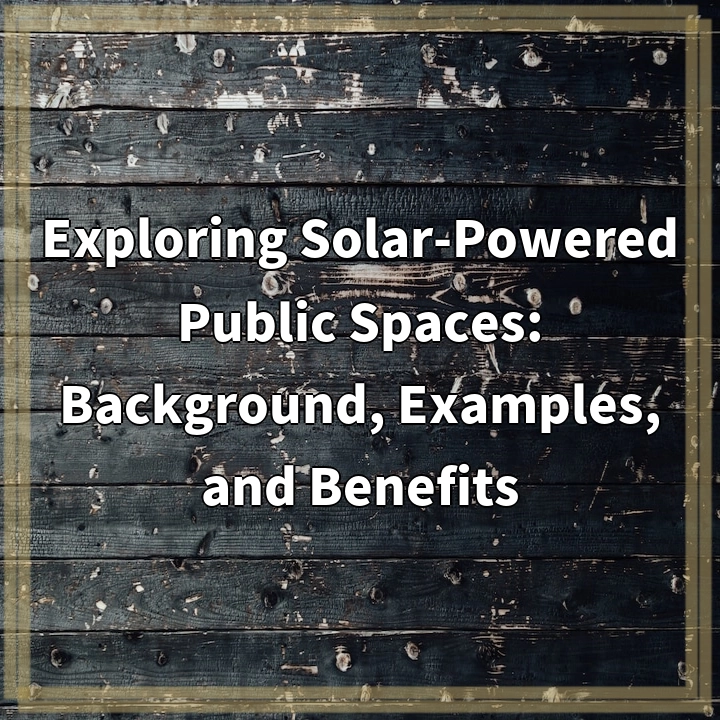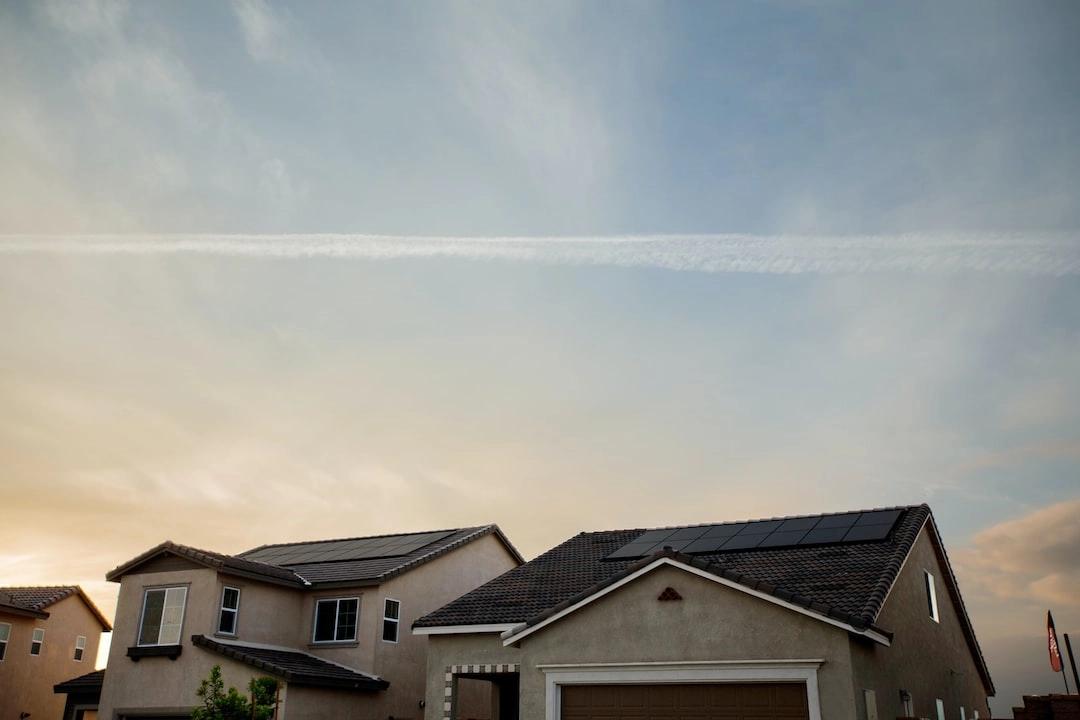
What it is:
Solar-powered public spaces are outdoor areas that utilize solar energy to power various amenities and infrastructure. These spaces often include features such as solar panels, solar-powered lighting, charging stations, and other sustainable technologies. The use of solar power in public spaces contributes to reducing carbon emissions, promoting renewable energy, and creating more sustainable urban environments.
Real-World Problems:
While solar-powered public spaces offer numerous benefits, there are some challenges and considerations to address:
1. Cost and Initial Investment:
Implementing solar-powered infrastructure requires a significant initial investment. The cost of solar panels, batteries, and other equipment can be a barrier, especially for smaller communities or developing regions. Adequate funding and financial support are necessary to make solar-powered public spaces feasible and accessible for all.
2. Maintenance and Durability:
Solar panels and other solar-powered equipment require regular maintenance to ensure optimal performance. Extreme weather conditions, such as hailstorms or heavy snowfalls, can damage panels or reduce their efficiency. Proper maintenance procedures and durable equipment are essential to ensure longevity and reliability.
3. Integration with Existing Infrastructure:
Integrating solar-powered technology into existing public spaces can be challenging. Retrofitting existing infrastructure with solar panels or other sustainable features may require careful planning and design to maintain the aesthetic appeal and functionality of the space. Collaboration between urban planners, architects, and solar energy experts is crucial to ensure successful integration.
4. Power Storage and Distribution:
One of the challenges with solar-powered public spaces is storing excess energy for use during low sunlight periods or at night. Effective energy storage solutions such as batteries are necessary to ensure a reliable and uninterrupted power supply. Additionally, careful consideration must be given to power distribution to ensure equitable access for all users within the space.
5. Public Awareness and Education:
While the adoption of solar-powered public spaces is growing, there is still a need for increased public awareness and education. Engaging community members and educating them about the benefits and potential of solar energy can help create a supportive environment for the implementation of such initiatives.

Solutions:
While there are challenges associated with solar-powered public spaces, there are also solutions to address these issues:
1. Financial Support and Incentives:
Providing financial support and incentives can help overcome the initial investment barrier. Governments and organizations can offer grants, subsidies, or tax benefits to encourage the adoption of solar-powered infrastructure in public spaces. Collaborating with private entities or crowdfunding campaigns could also help raise funds for implementation.
2. Robust Maintenance Plans:
Developing robust maintenance plans and protocols is crucial for ensuring the longevity and durability of solar-powered equipment. Regular inspections, repairs, and training for maintenance staff can help prevent issues and optimize the efficiency of the technology. Creating partnerships with experienced solar energy companies can provide technical expertise and support.
3. Integrated Design Approach:
Taking an integrated design approach from the beginning can facilitate the seamless integration of solar-powered technology into public spaces. Collaboration between urban planners, architects, and sustainable energy experts can ensure that solar infrastructure is aesthetically pleasing and functional within the overall design of the space.
4. Advanced Energy Storage Solutions:
Advancements in energy storage technologies, such as more efficient batteries or using innovative systems like hydrogen storage, can address the challenge of storing excess energy. Investing in research and development can lead to improved storage solutions, increasing the reliability and availability of solar power in public spaces.
5. Education and Awareness Programs:
Implementing education and awareness programs can create a supportive environment for solar-powered public spaces. Engaging with the community through workshops, public events, and informational campaigns can raise awareness about the benefits of solar energy and sustainability. Promoting citizen involvement and participation can help garner support for implementing solar-powered initiatives.















